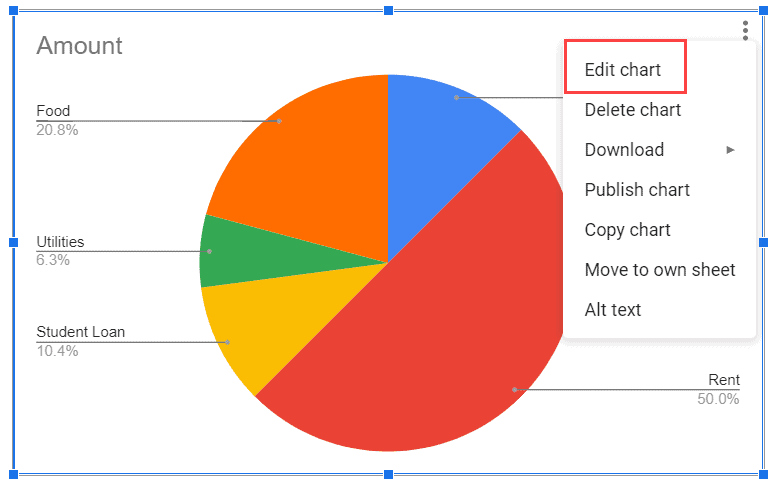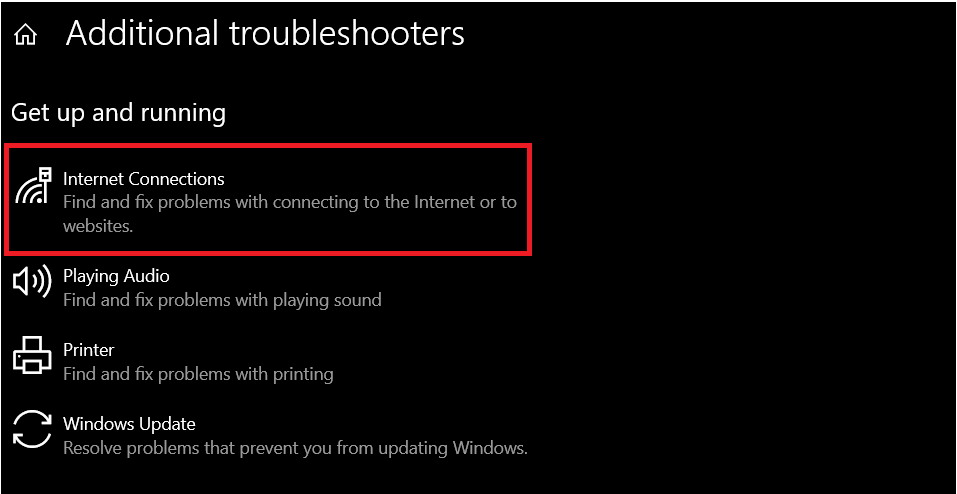Google Sheets offers several quick ways to format text with strikethrough when you need it.
While strikethrough is something mostly used in Google Docs, you may also need it in Google Sheets.
Sometimes you want to express how some information is no longer relevant, but you want to keep it in the spreadsheet: strikethrough formatting has you covered.
Unlike in its counterpart Microsoft Excel, strikethrough is front and center in Google Sheets. Users familiar with Excel who are now using Sheets may be coming over with the expectation this feature is buried in both applications: this is not the case.
Google Sheets’ strikethrough ease of use is arguably a “quality of life” improvement for this commonly used text formatting.
The following steps show you how to use strikethrough formatting in your Google Sheets workbooks and provide a few tips for using it.
This Article Covers:
Keyboard Shortcut to Apply Strikethrough In Google Sheets
If you find yourself using strikethrough formatting frequently, you can use keyboard shortcuts to speed up the process.
The shortcut is different depending on the operating system.
To use this feature, select the cells where you want to format with strikethrough and press the following combination of keys:
- Windows: Alt + Shift + 5
- macOS: Command (⌘) + Shift + X
- ChromeOS: Alt + Shift + 5
Unfortunately, keyboard shortcuts aren’t ideal for touchscreen devices on Google Sheets.
The ease-of-access to the “Strikethrough” icon is easier to use for devices that don’t use a physical keyboard.
Add Strikethrough with the Format Drop Menu
Suppose you have the dataset as shown below and you want to apply the strikethrough to some of the cells.
Below are the steps to apply strikethrough in Google Sheets:
- Select the cells where you want to format with a strikethrough. This can be a single cell or a range of cells.
- Open the “Format” drop menu in the main menu bar.
- Select “Strikethrough” from the options.
The selected cells are now formatted with a strikethrough.

Add Strikethrough with the Toolbar
Alternatively, you can use the “Strikethrough” shortcut in the formatting section of the menu’s second-row (the toolbar) to use this text format.
It’s designated by the “S” icon featuring a horizontal line drawn through the middle.
- Select the text you want to format with a strikethrough.
- Click or tap the “Strikethrough” icon in the toolbar.

This is a quick, easy method to add strikethrough formatting to text.
Note that Google Sheets will hide the “Strikethrough” menu shortcut if the browser window is too small. You can still access this feature by hitting the ellipsis icon to expand the menu.

Alternatively, you can make the browser window larger if your screen dimensions allow it.
Add Strikethrough with Conditional Formatting
You can take your use of strikethrough formatting to a new level of usefulness with conditional formatting.
Conditional formatting is a very helpful tool for getting across extra information visually for people reading a spreadsheet.
Google Sheets also makes it straightforward to add strikethrough with conditional formatting.
This can be very useful for things like adding strikethrough to discontinued products in an inventory list when the stock count hits zero. Or you can strikethrough tasks where the status is completed, so it looks as like these tasks are checked off.
Below is an example where I have the tasks and the status for each task in the column next to it.

The intent is to apply the strikethrough format to all the tasks where the status is ‘Completed’.
To add conditional formatting in our hypothetical example, do the following:
- Select the cell range you want to add conditional formatting to. In the example, I have highlighted A2:A6
- Open the “Format” drop menu
- Select “Conditional formatting” from the options list. This will open the conditional formatting pane on the right
- Click on the Add new rule option in the Conditional format rules pane
- In the ‘Format rules’ drop-down, select the ‘Custom formula is’ option
- In the formula field, enter the following formula: =B2=“Completed”
- In the Formatting style section, select the strikethrough format. You can also specify another formatting if you want (such as color the cell in green)
- Click on Done
The above steps would apply the strikethrough format to all the tasks where the status is completed.

One good thing about conditional formatting is that it is dynamic. So if you change the status of any task from ‘In-progress’ to ‘Completed’, it will automatically get the strikethrough.
Removing Strikethrough In Google Sheets
Like any other text formatting, you can remove strikethrough by repeating the process on the text that is already formatted with a strikethrough.
Just select the cells that have the strikethrough formatting that you want to remove and click on the strikethrough option in the toolbar (or in the Format option in the menu).
You can also use “Clear formatting” to remove it (but remember that it will remove all the other formatting as well).
- Select the text you want to remove the strikethrough formatting.
- Open the “Format” drop menu.
- Choose “Clear formatting” from the options list.
Alternatively, you can use clear formatting keyboard shortcuts, which again differ between operating systems:
- Windows Ctrl + Spacebar
- macOS: Command (⌘) + \
- ChromeOS: Ctrl + \
So these are some methods you can use to apply the strikethrough formatting in Google Sheets. You can learn to use the feature in very little time as it’s easier to use than in some competing spreadsheet programs.
I hope you’ve found this tutorial helpful!















1 thought on “How to Strikethrough in Google Sheets (3 Easy Ways + Shortcut)”
it would be nice to have the option to strikethrough only one word within a cell
I do a lot of scheduling in advance and sometimes there are changes, I would love to strike through my original entry and add new text below it – all within one cell
Comments are closed.